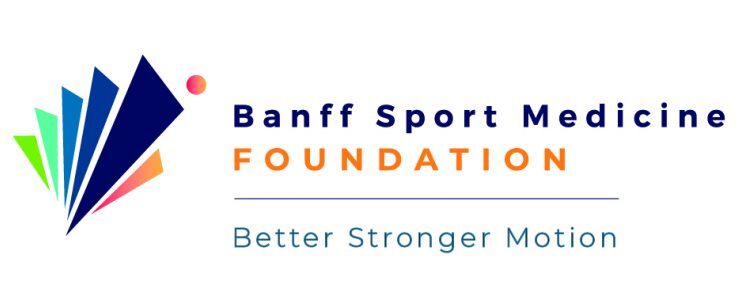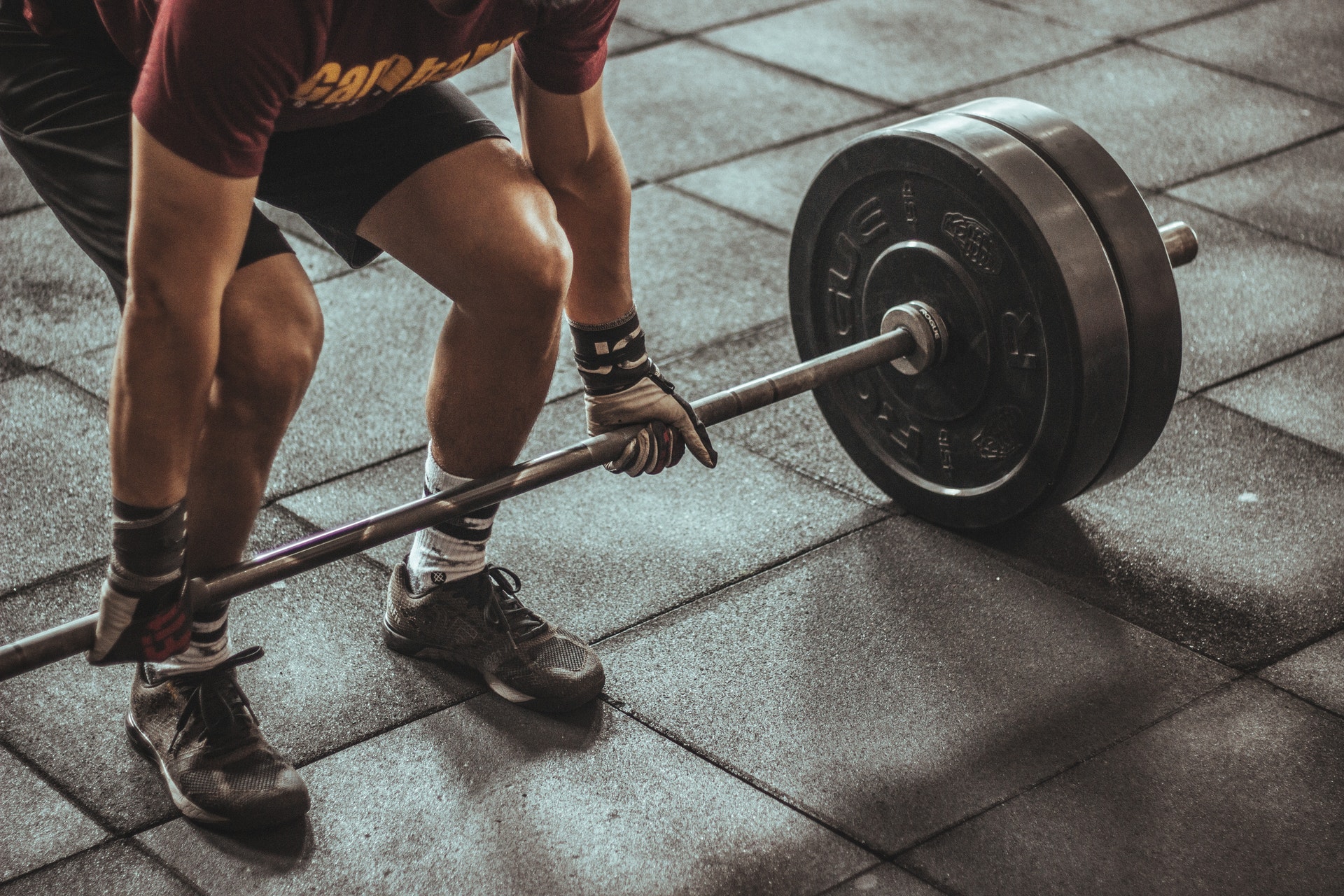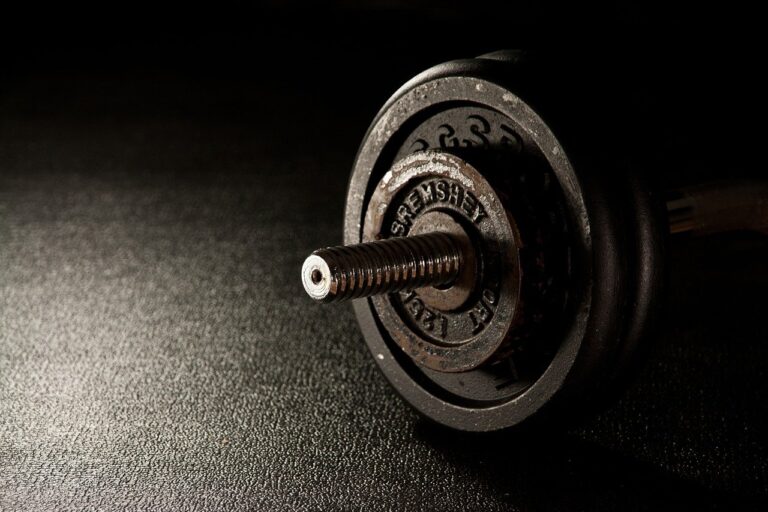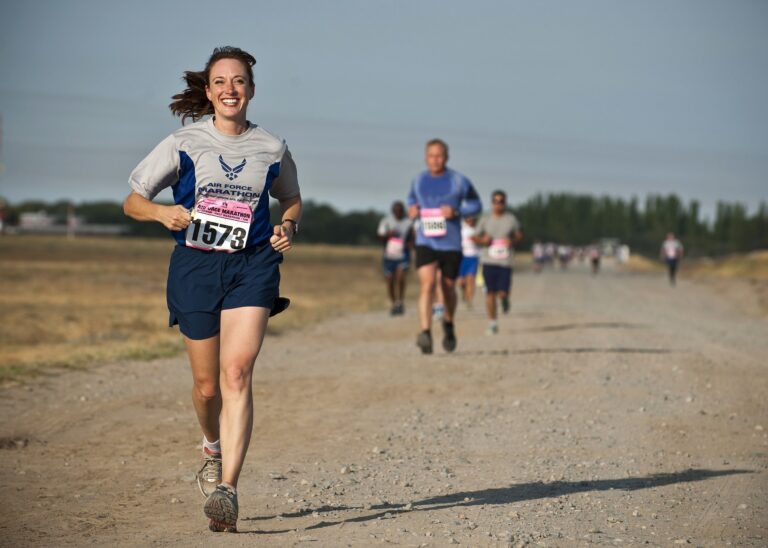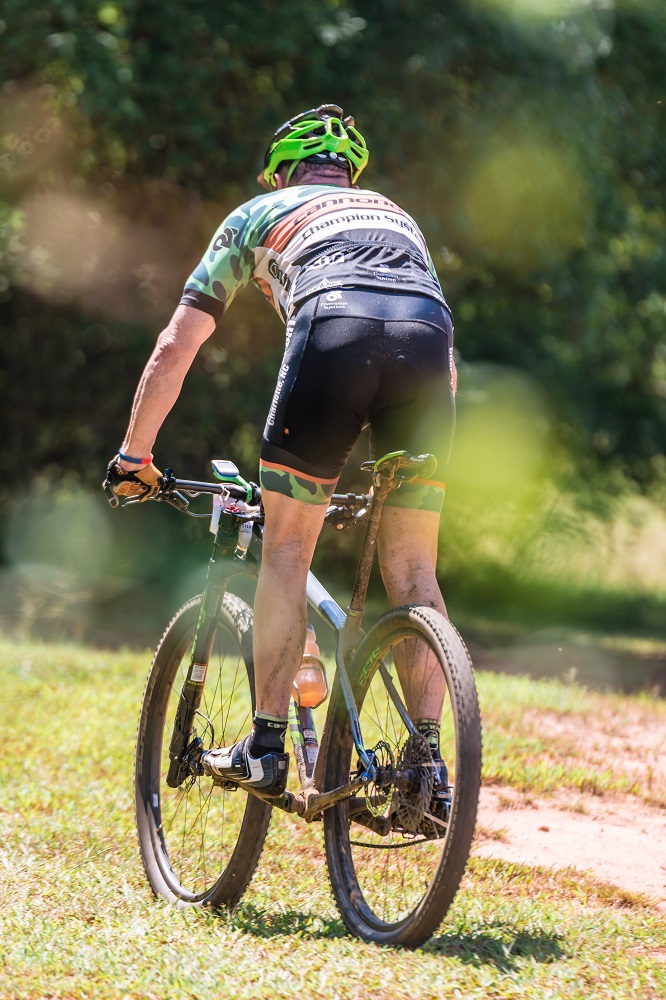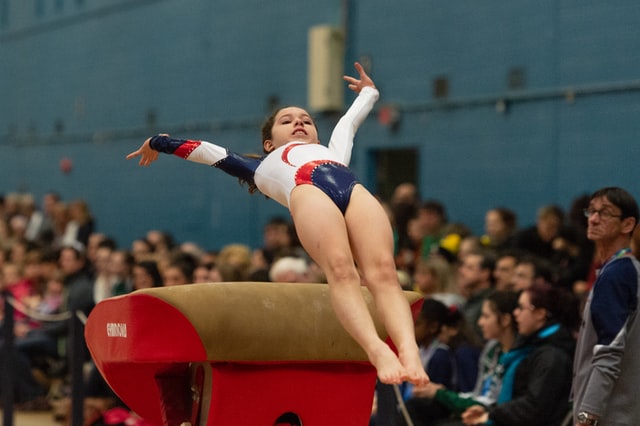Male Athlete Triad: The Basics
Over the last two decades, with awareness of the Female Athlete Triad increasing, it has become apparent that male athletes also experience a similar triad syndrome.
In 2017, the Female and Male Athlete Triad Coalition gathered various experts and health professionals to review the existing evidence and create recommendations for the diagnosis and treatment of, the now defined, Male Athlete Triad.
What is Male Athlete Triad?
Male Athlete Triad is a combination of three interconnected conditions commonly associated with sports that emphasize leanness.
Components of the Triad
As the Triad exists on a spectrum, all three conditions do not need to be present in order to experience negative effects. Therefore, when any one of the conditions are identified further assessments should be done.
Energy Deficiency (Low Energy Availability/Intake)
Energy deficiency is caused by regularly failing to consume enough calories to support both exercise and daily energy needs. This can be due to excessive exercising, intentional weight loss, inadvertent undereating, disordered eating such as periods of binge eating or exaggerated dieting, or from clinical eating disorders such as anorexia or bulimia.
When the body does not have enough energy to support daily needs, energy is diverted away from other systems such as reproduction and bone maintenance. Over time this can cause the additional two conditions of the Triad: reproductive suppression and impaired bone health.
Reproductive Suppression (Hypogonadotropic Hypogonadism)
Caused by chronic energy deficiency, reproductive suppression in men results in low reproductive hormones (luteinizing hormone and testosterone), abnormal sperm production and reduced sex drive.
Impaired Bone Health (Low Bone Mineral Density)
In combination, energy deficiency and changes in reproductive hormones contribute to low bone density, which leads to a higher likelihood of bone fragility, stress fractures, and future osteoporosis.
Symptoms of the Male Athlete Triad
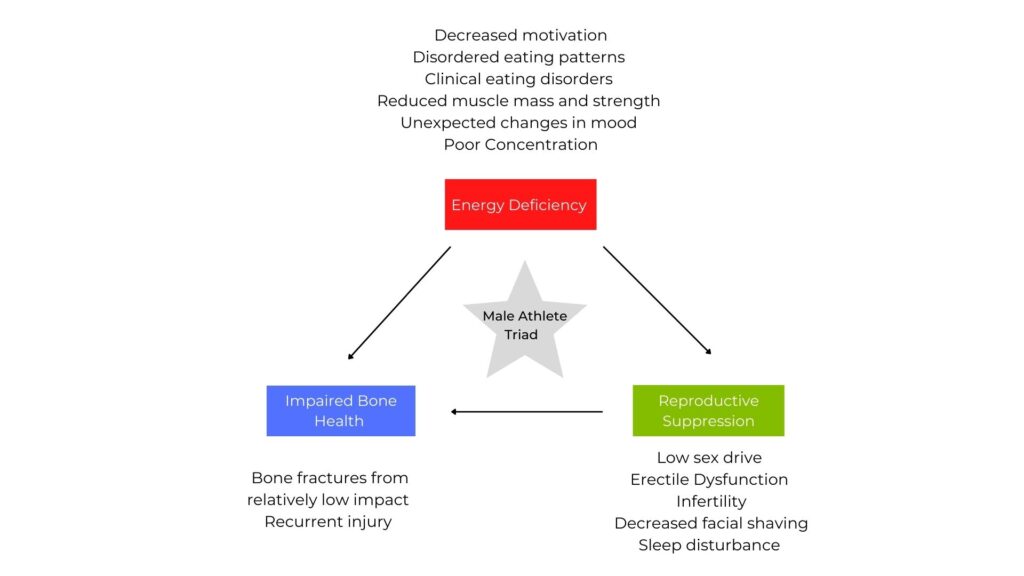
Who is at risk?
Young adult and adolescent male athletes who participate in sports that emphasize leanness, aesthetics or weight classes are especially at risk, with approximately 8% of male athletes being at risk of developing an eating disorder.

The sports with the highest risk include:
- Antigravity sports (high/long/triple jump, pole vaulting and rock climbing)
- Weight-class sports (wrestling, martial arts, weight lifting)
- Endurance running and cycling
- Gymnastics
- Diving
- Figure skating
- Rowing
Similar to female athletes, male athletes can face strong societal messages surrounding body image. These cultural ideals can generate perfectionism, disordered eating, clinical eating disorders and excessive exercise. Each of these symptoms are commonly associated with energy deficiency, and thus play a role in increasing an athlete’s risk of Male Athlete Triad.
Screening
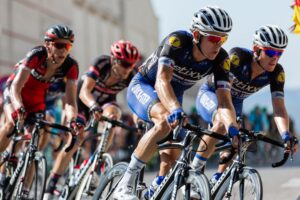
Early Identification of each of the conditions is key in the prevention of negative long-term outcomes. As male bone mass is acquired during mid to late 20s, screening is best started in high school and continued throughout college in order to optimize bone health during these critical development years.
Any at-risk male athlete should be screened during preparticipation physical examinations. Additionally, the International Olympic Committee has suggested periodic preventative screening for all elite athletes.
Treatment
Diagnosis and treatment of the triad is approached from a multidisciplinary team perspective.

As energy deficiency is the initial condition that leads to the additional symptoms of the triad (reproductive suppression and impaired bone health), treatment is heavily focused on sport specific nutrition requirements.
An overview of the nutrient recommendations for athletes can be found in this 2016 Position Statement on Nutrition and Athletic Performance by the Dietitians of Canada, the Academy of Nutrition and Dietetics and the American College of Sports Medicine.
Additionally health professionals may work together to provide psychological interventions to address mental health concerns and in rare cases may introduce hormonal medications.
Prevention
The Triad Coalition highlights the importance of nutrition education for athletes, and recommends beginning this education before symptoms of the triad occur. Understanding the role of both macro (carbohydrates, fats and protein) and micronutrients (vitamins and minerals) in the diet is crucial in preventing Triad symptoms.
Furthermore, coaches and parents should strive to create an environment where education and conversation surrounding body image and eating behaviors are openly available to all male athletes.
Additional Useful Tips for Preventing the Triad:
- Emphasize a post exercise snack/meal containing carbohydrates and protein.
- Pack energy dense snacks for on-the-go (such as trail mix, dried fruit, nuts and granola bars).
- Optimize vitamin D and calcium in the diet to support bone density and reduce stress injuries.
- Avoid “single-sport specialization” in young athletes to prevent overuse stress injuries.
- Implement weight bearing activities into training plans for positive bone health.
References
Chapman, J., & Woodman, T. (2016). Disordered eating in male athletes: a meta-analysis. Journal of Sports Sciences, 34(2), 101–109. https://doi.org/10.1080/02640414.2015.1040824
Fredericson, M., Kussman, A., Misra, M., Barrack, M. T., De Souza, M. J., Kraus, E., … & Nattiv, A. (2021). The Male Athlete Triad—A consensus statement from the Female and Male Athlete Triad Coalition part II: Diagnosis, treatment, and return-to-play. Clinical Journal of Sport Medicine, 31(4), 349-366. https://doi.org/10.1097/jsm.0000000000000946
Nattiv, A., De Souza, M. J., Koltun, K. J., Misra, M., Kussman, A., Williams, N. I., … & Fredericson, M. (2021). The male athlete triad—a consensus statement from the Female and Male Athlete Triad Coalition Part 1: Definition and scientific basis. Clinical Journal of Sport Medicine, 31(4), 335-348. https://doi.org/10.1097/jsm.0000000000000948
The Female and Male Athlete Triad Coalition. (2021, March 16). Male athlete Triad. https://www.femaleandmaleathletetriad.org/athletes/male-athlete-triad
Sundgot-Borgen, J., & Torstveit, M. K. (2004). Prevalence of eating disorders in elite athletes is higher than in the general population. Clinical Journal of Sport Medicine, 14(1), 25-32. https://doi.org/10.1097/00042752-200401000-00005
Sundgot-Borgen, J., & Garthe, I.. (2011). Elite athletes in aesthetic and Olympic weight-class sports and the challenge of body weight and body compositions. Journal of Sports Sciences, 29(sup1), S101–S114. https://doi.org/10.1080/02640414.2011.565783
